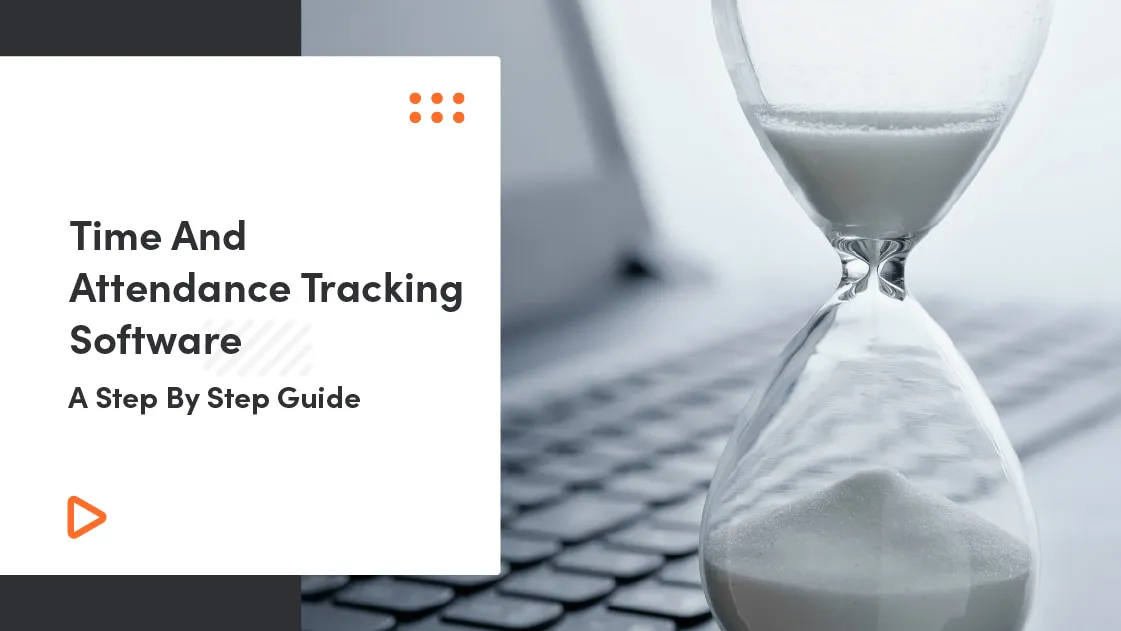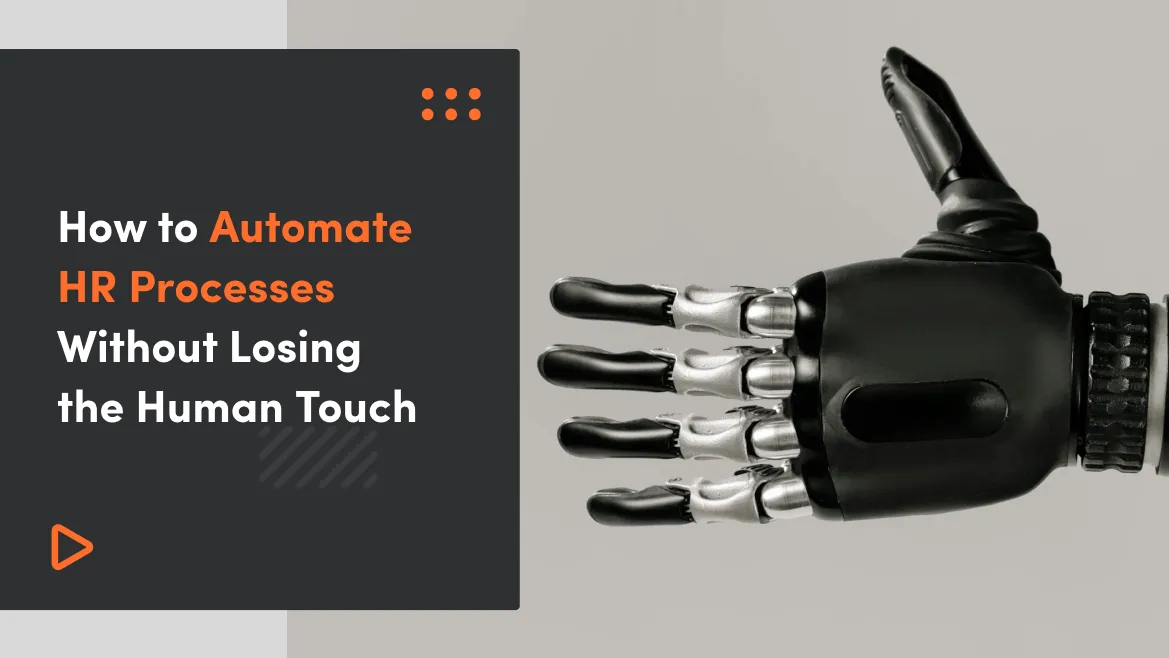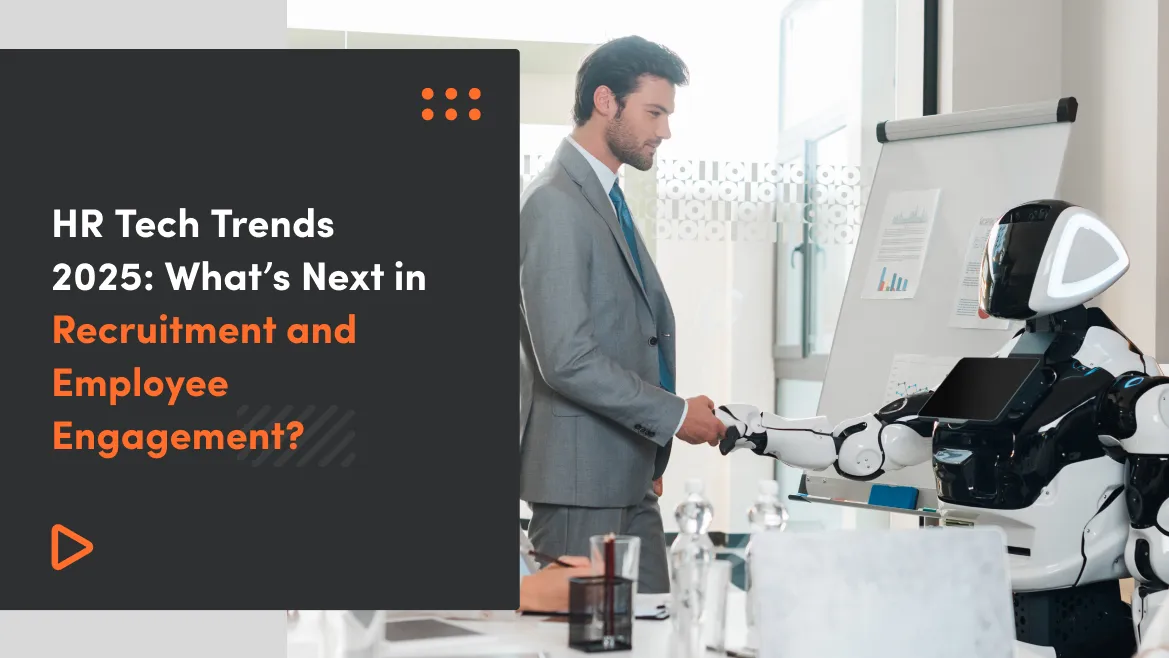Managing time and attendance has become a cornerstone of operational efficiency for businesses of all sizes. The time and attendance software market is witnessing significant growth, reflecting its importance in increasing the operational efficiency of various businesses.
Valued at $2.7 billion in 2022, this market is expected to reach $8.3 billion by 2032, at a compound annual growth rate (CAGR) of 12.1% over 2023-2032.
This rapid growth is attributed to the increasing emphasis on workforce optimization, mobile applications and the shift towards cloud-based solutions, especially among small and medium-sized enterprises (SMEs).
Gone are the days of cumbersome paper timesheets and manual clocking in. The advent of time and attendance tracking software has improved how companies monitor and manage employee hours in, payroll, and ensure compliance with labor laws. But, with a plethora of options available, navigating through the selection, implementation, and optimization of such software can be daunting. This guide aims to demystify the process, providing a comprehensive step-by-step approach to choosing and maximizing the benefits of time and attendance tracking software.
What will you learn from this article:
- Key benefits of using time and attendance tracking software for businesses.
- How time and attendance tracking software contribute to sustaining employee productivity while working remotely?
- What functionalities should businesses look for when selecting a software to meet their needs?
- How integration of time and attendance tracking software with HR and payroll systems enhance operational efficiency?
- Why business choose to develop custom time and attendance software, and what are the primary benefits?
5 Useful Tips for Sustaining Employee Performance While Working Remotely
Before moving on to the step-by-step guide, here are five useful tips for sustaining employee productivity while working remotely:
- 1. Businesses should maximize the use of virtual collaboration tools.
- 2. Irrespective of fieldwork or remote work, agile teams should stick to foundational rituals.
- 3. Build a distributed team culture to promote trust among the team members.
- 4. Allow the remote team to work out the ways that suit them best and only support them with the tools and tips that can help achieve the goals.
- 5. Get your customers involved at all steps to build trust and loyalty.
Why is Time and Attendance Tracking in a Workflow Important?
Employees are an asset to any business. Without a marketing, sales, and production team, no company can sustain itself. It is very important to keep them motivated via perks. These perks are highly dependent on the employees' performance and hence depend more on the time an employee puts on his/her job. Time and Attendance tracking are very important because they help businesses make a future forecast for sales, ROI, employee benefits, expansion, and much more. The time and attendance is the tangible number that supports the decisions of business owners and managers.
![]()
A manager can check if the absenteeism is high or low and during what periods by tracking attendance. It would help managers to approve leave applications. It also helps to control employee turnover and staffing issues. If you start micromanaging every aspect of your workforce, how would you make yourself available for more significant decisions? This is where an attendance tracker can help.
When most businesses are closed, and employees work from home during the pandemic, they cannot allocate a separate clock for each employee. With a time-tracking app, a business can find a happy medium to avoid workforce management extremes. By integrating the payroll software with time & attendance tracking system, a company can save time and money. HR leaders must be involved when looking for a time clock system to ensure everyone is at the same pace.
How do I Track my Employees' Time and Attendance?
One of the most important steps is choosing the right attendance tracking software for your company that can help save time and efficiently log work hours put-in by the employees. To select the right software, you will need to understand what is available in the market. Here are some of the best ways to track employees' hours to help HR in payroll processes.
Mobile Attendance System

Remote employees' hours can be tracked with mobile attendance system. Global Positioning Satellite 'GPS' works on cell phones to track team attendance and confirm hours collected via a GPS-enabled company phone. GPS tracks employees' movement during working hours. This information can be integrated with HR software for tracking time and Attendance.
Card Swipe System
First, let us mention that this technology is not for remote employees as it needs a card swipe. Card swipe is an updated version of the punch card system. Instead of a timecard, employees use their ID cards to record in and out time. Data automatically transfers to a computer where hours worked are calculated with integrated HR software.
An Automated Software for Regulatory Compliance
Companies need to meet regulatory requirements. Any tracking solution should make it easy to comply with government regulations and labor laws of the country.

Common causes of noncompliance are inaccurate or inadequate recordkeeping. Using an automated system to track time and Attendance can help reduce errors and prevent costly litigation that arises from noncompliance.
Accuracy of Time Tracking and Attendance Records
A best practice for tracking employee hours is to have a system that captures screen after a certain duration. It helps to deliver accurate information to HR and other managers. Whether the system is manual or automated, tracking and approving employee hours becomes more complicated with a system that is not followed consistently.
Select a System that can easily Integrate with other Systems
One job of the time tracking app is to track attendance, whereas the other part is to share data with other applications. This is very critical for payroll, leave encashment, and compliance needs. Ideally, a time tracking app should have the ability to integrate with any project management software.
A Cloud-Based Software

It is also very important that the software has the best features but is not too expensive to buy. Expensive software can increase the cost of maintenance. What works in this capacity is to host a time tracking system in the Cloud. Cloud-based systems offer easy solutions for entering hours and quickly routing time for approvals. Results cover every aspect of employee hours. Easy, timely, and accurate pay and regulatory issues are resolved.
Keep Online Attendance Records
Some advanced systems are still using old-fashioned techniques, such as scheduling tools, and online time clock. Employees keep a record of their hours worked through a web app that can also generate payroll reports such as a Google Drive excel sheet.
Key Features of Time and Attendance Software
Below are some of the must-have features for a Time and Attendance tracking app.
Time In and Out
The basic feature of the time tracking app is recording in and out the time of the employee. It should be easy for the employee to clock In and Out, and the records should be maintained for the working hours. Employees can clock in and out using magnetic card swipe, PINs, thumb impression, or biometric scan.
Flexible Time Scheduling

Many businesses in the world work round the clock 24/7. A time tracking app should have the flexibility of scheduling that allows employees to start their day without marking them late. A good time tracking system offers punctuality monitoring of the employees.
The app should provide an option to create and manage multiple schedules and rosters. Such functionality should also come equipped with features that alert managers of any mismanagement.
Attendance Management
A time tracking app should have the feature to manage Attendance. It should be competent enough to alert managers on absenteeism. The manager can easily see who is in or who is out. They can also track absenteeism reasons like illness, annual leaves, or last-minute day off.
Integration with HR Solution
A time tracking app should have the ability to integrate with HR software. It should provide accurate attendance data to the HR solution that can be used to calculate the employee's accurate wage. It can only be achieved if time tracking and HR solutions are integrated.

Regulation with Compliance
Time tracking apps should have the capability of regulatory compliance and internal policies. It should be able to monitor break times and record that data for reporting. It should also have the ability to report any disturbance if recorded that are not meeting the company compliance policies' legislative norms.
Mobile Friendly
A company may have a diversified working pattern. Some of its employees might work from the site and some from home. A mobile version of the time tracking app can help all of them clock in and out of their time via mobile phones.
This will provide the company with an overview of hours worked by the whole workforce and not only employees that are 'on-premises.' Mobile apps may also include GPS tracking systems for worker safety or location monitoring.
Eliminate Double Entries
At times employees punch or swipe twice or more than one time. A time tracking app should have the ability to eliminate double entries.
There is another possibility where employees forget to punch or swipe at all. Let say an employee came into the office, punch in and start working. Later, after a few hours, he/she went out and came back but forget to punch in until the end of the shift. An advanced time tracking app would have sent an alert to the manager and the employee of a missed punch-in in such cases. It will eliminate the chances of errors.
Policy Configuration
Employees are entitled to breaks, overtime pay, sick and casual leaves. Either you have a group of employees entitled to overtime or other employees entitled to time off. Your ideal Time and Attendance system should be able to cater to such scenarios.
Reporting

A Time & Attendance Tracking App should provide customized, detailed, and analytics reports using the system's data. Expect your software to give you the information to various attendance-related reports, offering insights into hours worked, shift patterns, and much more with suggesting lines for improvements.
Future Trends and Innovations in Employee Attendance and Tracking
The world of time & attendance management is rapidly evolving, with new technologies and innovations reshaping how businesses track and manage their workforce. Here’s a look at some of the most exciting trends and developments on the horizon.
Emerging Technologies
- AI and Machine Learning in Attendance Systems
Artificial Intelligence (AI) solutions and machine learning are revolutionizing time and attendance systems. These technologies can predict attendance patterns, identify potential issues before they arise, and even suggest optimal staffing levels. By analyzing vast amounts of data, AI can help managers make more informed decisions, reducing human error and improving overall efficiency.
- IoT Devices for Enhanced Tracking
The Internet of Things (IoT) is making its mark in attendance tracking. Wearable devices, smart badges, and other IoT gadgets provide real-time data on employee movements and attendance. These devices can seamlessly integrate with existing systems, offering precise and continuous tracking without the need for manual input. This is particularly useful in large facilities where traditional tracking methods might fall short.
The Role of Big Data and Analytics
- Predictive Analytics for Workforce Planning
Big Data is transforming how businesses manage their workforce. Predictive analytics can forecast staffing needs based on historical data, seasonal trends, and other factors. This helps companies avoid overstaffing or understaffing, ensuring they have the right number of employees at the right times. It also aids in identifying trends such as frequent absenteeism, allowing for proactive management.
- Data-Driven Decision-Making
Access to detailed attendance data allows managers to make better, more informed decisions. For instance, they can identify peak hours and ensure sufficient staffing, or recognize patterns that might indicate employee dissatisfaction or burnout. Data-driven insights lead to smarter scheduling, better resource allocation, and improved employee satisfaction.
Remote Work and Flexible Scheduling
- Adapting Systems for Remote and Hybrid Work Models
The rise of remote work has challenged traditional time and attendance tracking methods. Modern systems are adapting by offering features that cater to remote and hybrid work environments. Employees can clock in and out from anywhere, using mobile apps or web portals. Geolocation features ensure that the tracking is accurate, even when employees are working from home or different locations.
- Flexible Time-Tracking Solutions
Today’s workforce values flexibility, and time-tracking systems are evolving to meet this demand. Flexible time-tracking solutions allow employees to log hours in a way that suits their schedules, whether they’re working part-time, freelance, or in a non-traditional setup. These systems accommodate various working hours and patterns, making it easier for businesses to manage a diverse workforce.
The future of time & attendance management is bright, driven by technological advancements and the changing nature of work.
By embracing AI, IoT, Big Data, and flexible solutions, businesses can streamline their operations, enhance productivity, and create a more responsive and satisfying work environment. Keeping an eye on these trends will be crucial for any organization
The Benefits of Custom Time & Attendance Software

Time and Attendance Systems have more benefits than ready-made ones, and this is what we will discuss now. Here're some of the benefits that you as a company should consider while deciding either to opt for a ready-made time tracking app or go for a custom-tailored one.
- 1. One of the drawbacks of the ready-made solution is that it lacks customization options. With a ready-made time tracking app, you won't be able to add the number of groups, departments, pay rules and benefit accruals as you wish. What if you have a complicated hierarchy placed in your organization? In such a case, a ready-made solution would only offer you a handful of pay rules.
- 2. Many organizations compromise pay rules and system setup simply because they don't know the cost-effective solutions available that allow custom-tailoring.
- 3. Out-of-the-box time and Attendance apps are always lacking in interoperability. The best time and Attendance solutions integrate with payroll, ERP, MRP, databases, and other business systems to provide automation of processes and functionality to synchronize data between all the systems.
- 4. With the best Time and Attendance software, a business can support three or four top-tier payroll programs.
- 5. Custom-tailored software gives your business the ability to update policies, minimize cost as per the budget, and most of all, keep your employees' data in one hand rather than sharing it with other parties.
Conclusion
The shift towards digital solutions for time and attendance management isn't just a trend; it's a clear reflection of how businesses are evolving to meet new challenges head-on. The impressive growth forecast for the time and attendance software market, from $2.7 billion to a whopping $8.3 billion by 2032, speaks volumes about its critical role in modern business operations. It's fascinating to see how something as seemingly mundane as tracking time and attendance can have such a profound impact on operational efficiency.




